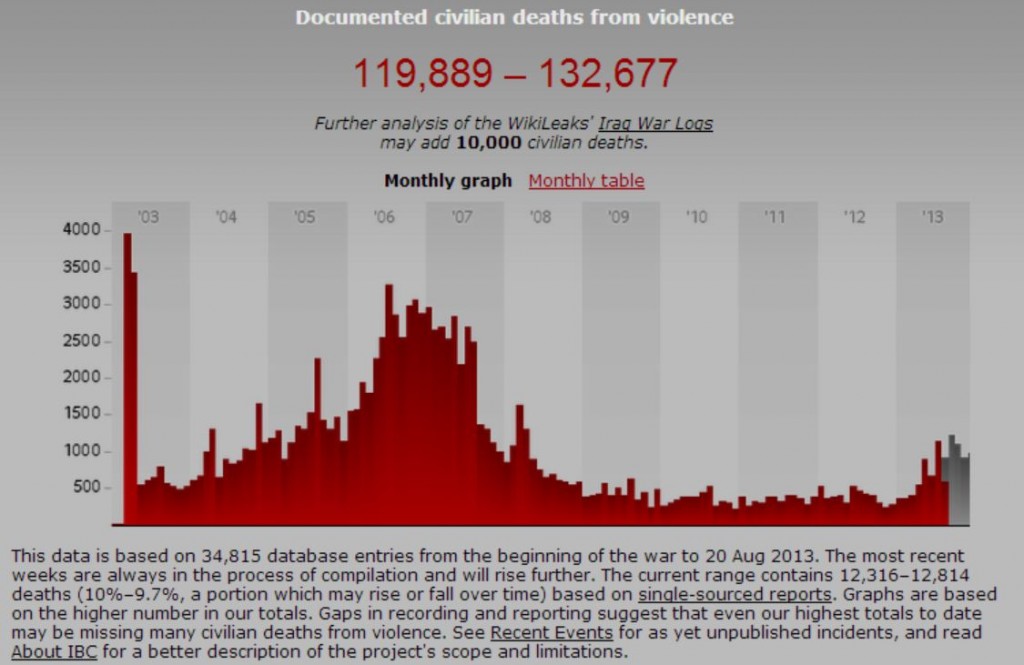Syria On Track For Destruction of All Chemical Weapon Related Materials by July
Back at the end of January, I noted that Syria was being castigated for delays in removing its chemical weapon precursors when the US had not been blamed for delays in making the Cape Ray available for destruction of the chemicals to proceed. Although there were still slight delays after the Cape Ray appeared in the region, we are now seeing from the Organization for the Prohibition of Chemical Weapons that the original deadline of all the chemicals being destroyed by the end of June can still be met. Even more encouraging, the pace of removal of chemicals from Syria has picked up significantly and now more than a third of the material will have been removed by the end of this week.
From a press release today by OPCW:
The Syrian Arab Republic has submitted to the OPCW a revised proposal that aims to complete the removal of all chemicals from Syria before the end of April 2014.
The OPCW-UN Joint Mission also verified that two more consignments of chemicals have left the port of Latakia, including a quantity of mustard gas – a Priority 1 chemical – which was previously reported last Wednesday. Another movement, a significant consignment of other Priority 1 chemicals, is scheduled to arrive in Latakia during this week, which will bring the total number of movements thus far to six.
The six movements represent more than 35% of all chemicals that must be removed from Syria for destruction, including 23% of Priority 1 chemicals and 63% of Priority 2 chemicals. In addition, the OPCW has verified that Syria has destroyed in situ more than 93% of its stock of isopropanol.
It would have been a bit more encouraging if all of the Priority 1 materials were removed first, since they present the biggest risk. It is not clear whether the shipment of a higher percentage of the Priority 2 material than Priority 1 was due to Syria withholding more dangerous material intentionally or if it was a result of logistics being dictated by where the materials were stored relative to where fighting in the ongoing civil war was taking place. In that regard, it is worth noting that Syria reported last week that there were two attempted attacks on convoys transporting the materials in late January. Although the Reuters report does not expressly state as much, we are left to assume that the attacks were unsuccessful since they were reported as merely being attempted. This same report also noted that two staging sites for the chemicals could not be accessed during the reporting period due to fighting in the area.
Returning to the OPCW press release from today, this bit at the end cannot be emphasized enough: Read more →

